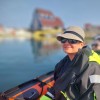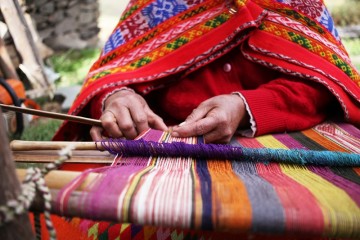Viva Expeditions’ essential altitude sickness tips will help you prepare for high altitude travel and make the most of your adventure.
Altitude has a way of creeping up on you. One moment you are stepping off a plane in Lima, and the next you are short of breath climbing hotel stairs in Cusco. At Viva, we have spent years guiding travellers through the high Andes of South America and have learned how to prepare for high altitude travel the smart way. These altitude sickness tips are grounded in real experience, so you can feel your best while exploring some of the most breathtaking places on the continent.
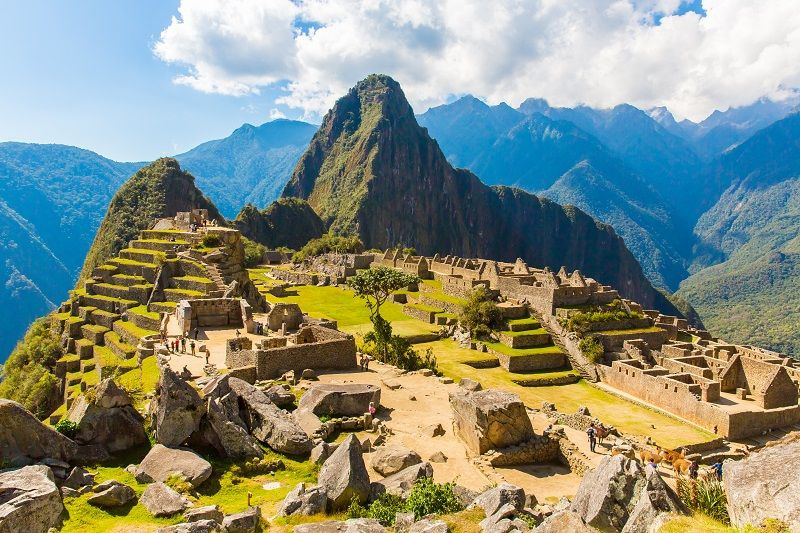
Machu Picchu itself isn't particularly high, but the journey to reach it, especially via Cusco or the Inca Trail, takes you well above 3,000 metres.
> Discover Viva’s Tours to Machu Picchu
We sat down with Pia Knarston, one of Viva’s Senior Destination Specialists, to share some of our most trusted advice. These 10 altitude sickness tips come straight from years of helping travellers thrive at high altitude, so you can focus on the experience, not the symptoms.
Click the links to discover our real-life tips made for you!
1. Plan for Acclimatisation
2. Talk to Your Doctor
3. Hydrate Generously
4. Avoid Alcohol on Arrival
5. Eat Light and Nutritious Meals
6. Know the Symptoms
7. Slow.It.Down.
8. Pack Altitude Helpers
9. Dress in Layers
10. Chat with an Expert
Pia in the Hot Seat: Busting Common Altitude Myths
1. Plan for Acclimatisation
One of the kindest things you can do for your body at altitude is give it time to adjust. Climbing straight to 3,000 metres (9,800 ft) or more without easing in can leave even seasoned travellers feeling rough. That is why we always recommend spending a few nights somewhere lower first.
Places like Arequipa or the Sacred Valley offer the perfect mix—beautiful destinations in their own right and ideal for gradual acclimatisation. It is not about slowing down your adventure but setting yourself up to enjoy it fully, without battling symptoms that could have been avoided.
“When I first started travelling in the Andes, I underestimated how much that extra day or two helped,” says Pia. “At Viva, we build it into every itinerary, and it makes a world of difference.”
Our trips are paced with this in mind. By staying a little longer at intermediate elevations, you give your body the chance to catch up. That way, when you do reach higher places like Cusco or La Paz, you are ready for it, and free to take in the views without feeling short of breath after every staircase.
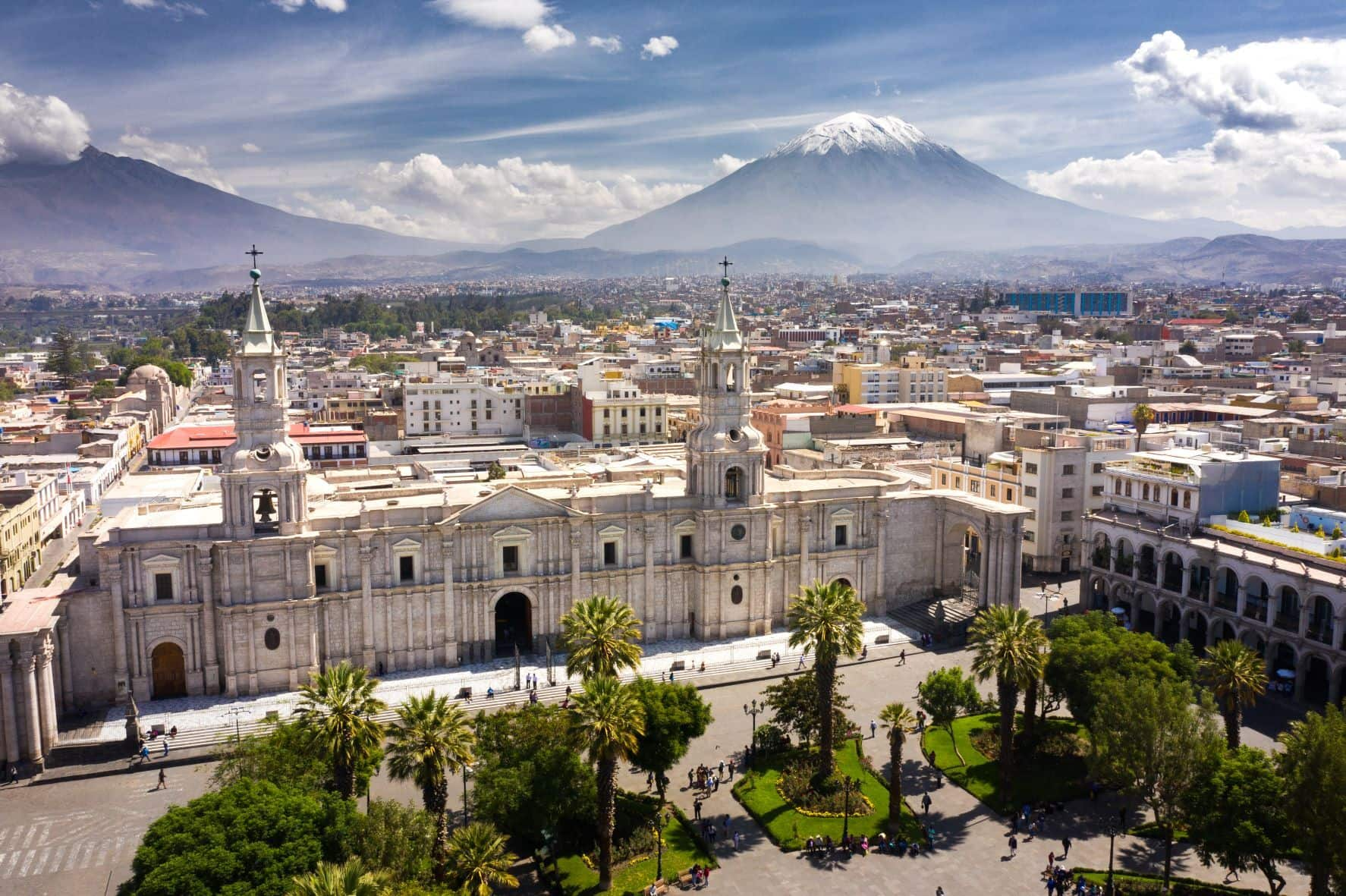
Plan for those extra days of rest at intermediate altitude destinations, like Arequipa, and you won't be "forced" to take them.
> Discover Five Underrated Destinations in Peru
2. Talk to Your Doctor
It's always worth having a quick chat with your GP before heading to high altitudes, especially if you've never experienced it. Everyone responds differently, and your doctor can guide you on whether preventative medication like acetazolamide (Diamox®) might be a good idea. This is particularly helpful if your itinerary takes you straight to higher spots like Cusco or El Alto without much time to adjust.
“Some people breeze through altitude, while others feel it right away,” Pia says. “There’s just no way to know until you’re up there, so I always suggest being cautious if you’re going above 3,000 metres quickly.”
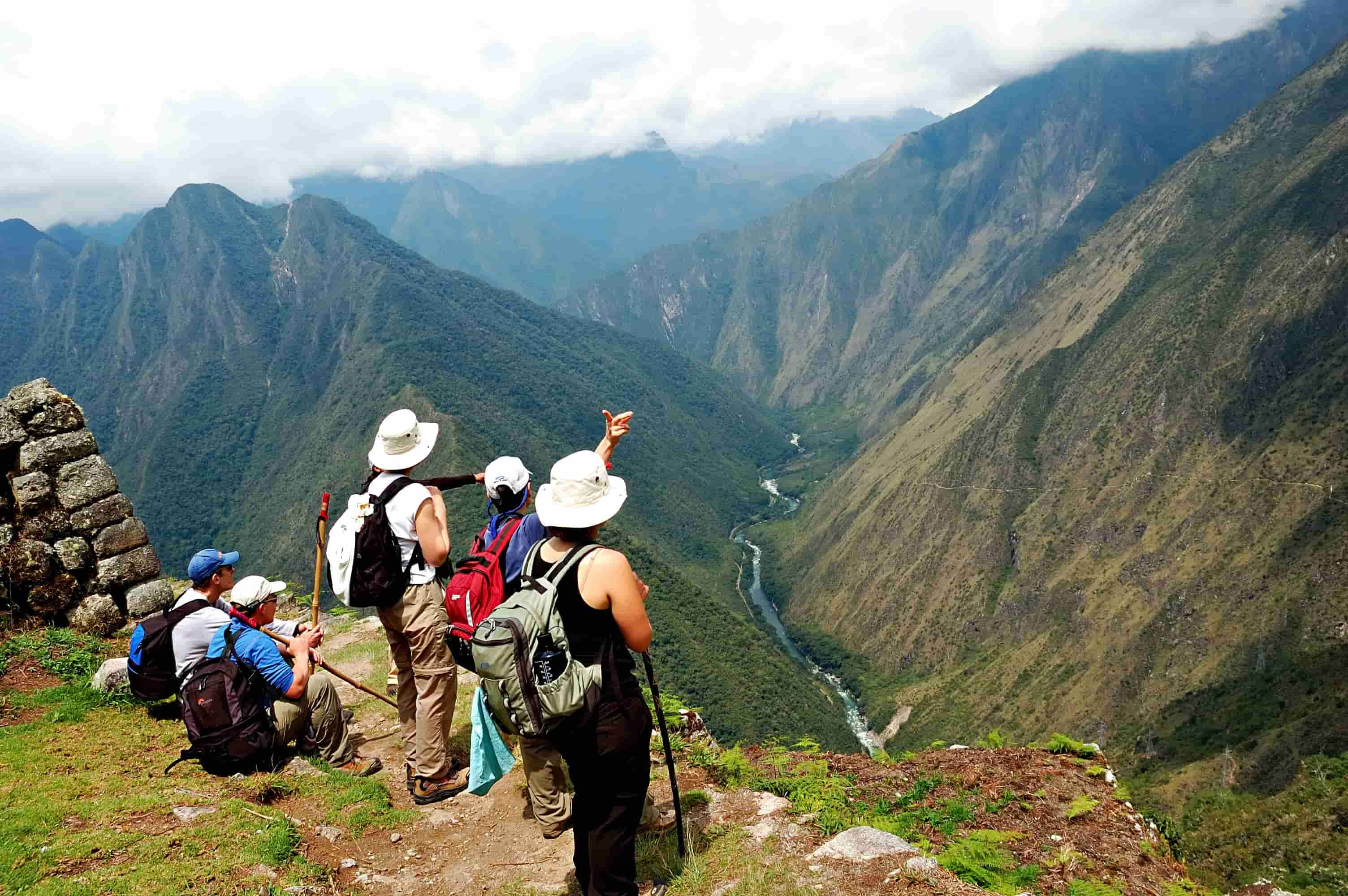
Pre-trip planning can be the difference between a bumpy start and a smooth and comfortable Andean adventure.
3. Hydrate Generously
At altitude, your body works harder to take in oxygen. That extra effort can leave you dehydrated without even realising it. You might not feel thirsty, but your body still needs the extra hydration.
Keeping a water bottle handy and sipping often is the simplest and most effective altitude sickness tip to keep in mind. It helps your body adjust, keeps your energy up, and can stop those altitude headaches before they even start.
“Altitude sickness is so much easier to prevent than to treat. I always remind travellers to drink more water than they think they need, or even better the coca leaf tea which is offered at most hotels, especially in places like the Sacred Valley, where the mountain air is very dry," says Pia. "You can also now buy coca lollies (sweets) which some people find helpful."
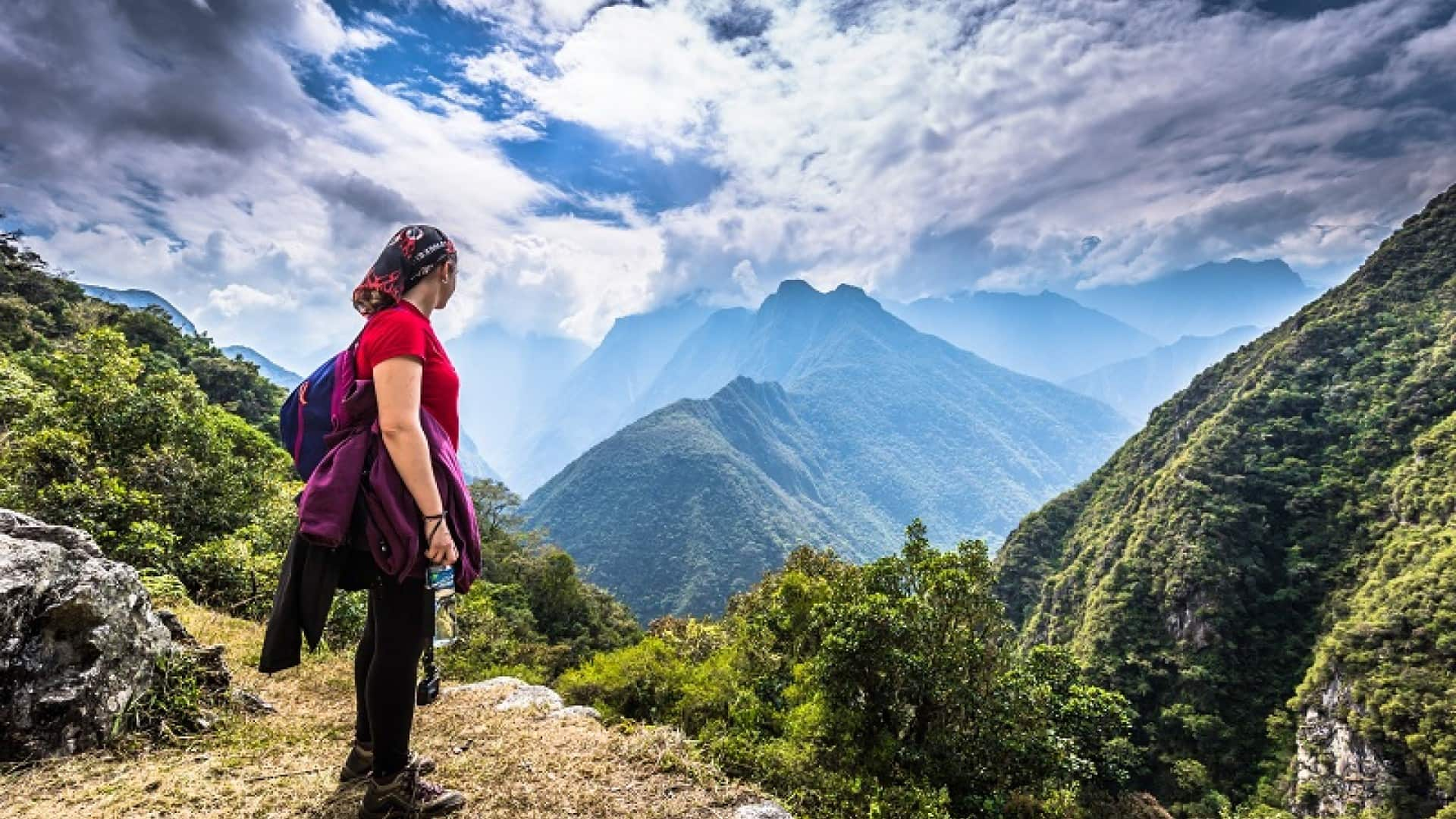
Just the right amount of hydration—keeping it balanced for the perfect adventure!
Warm drinks like coca tea or mint infusions are also popular throughout the Andes, and they’re part of the local rhythm at high altitude. Just a little extra hydration each day—about a litre more than usual—is usually enough. No need to overdo it. In fact, drinking too much can actually make you feel worse. The key is steady and consistent.
4. Avoid Alcohol on Arrival
We get it—when you finally arrive at your dream destination, it’s tempting to toast the moment with a glass of wine or a local cocktail. But alcohol can amplify the effects of altitude, dehydrate you faster, and make those first few hours feel rougher than they need to be. Give your body a chance to settle in first.
“That first pisco sour is always tempting,” Pia says with a laugh. “But I promise it tastes even better once you’ve had a good night’s sleep and a full day to acclimatise.”

The legendary pisco sour —hold off just a little, and you will enjoy it more (without the unwanted side effects).
5. Eat Light and Nutritious Meals
At high altitude, your body has different priorities. It is working harder just to get enough oxygen, so heavy meals can feel like a bit too much. A lot of travellers notice they are not as hungry, or that big, rich dishes leave them feeling sluggish.
Keep things simple at first. Soups, boiled potatoes, bananas, and grains like quinoa are all great choices, and you will find them everywhere across the Andes. Local meals tend to be hearty but balanced, which is precisely what you need while adjusting.
You can always save the big feasts for later in the trip, once your body has had a chance to settle in.

Ají de gallina is a Peruvian classic: creamy, comforting, and mildly spicy. Best saved for after your first day at altitude, once your appetite is back on track
6. Know the Symptoms
Altitude sickness can creep up on you. For many, it starts with a light headache, a bit of nausea, or a wave of fatigue that does not quite make sense. These mild symptoms, which almost everyone will feel, are common in the first day or two and usually pass with rest and hydration. But on rare occasions they don’t pass and it’s also crucial to know when to take things more seriously.
If you experience chest tightness, confusion, or trouble walking, it’s time to stop, rest, and let someone know.
At Viva, we are here for you with 24/7 local support. Whether you need to rearrange a hike or just want someone to check in, we will make sure you are not facing it alone.
“The sooner you slow down, the faster your body can catch up,” says Pia. “Altitude’s not something to push through—it’s something to work with.”
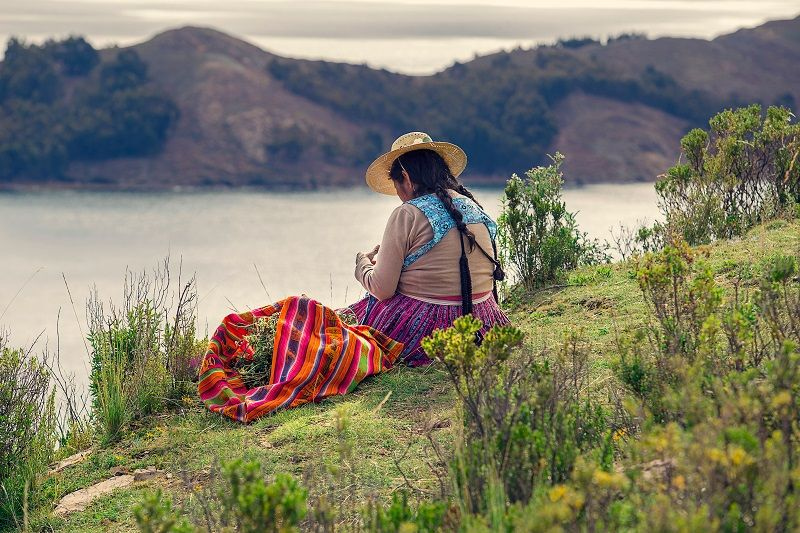
Take it easy, and remember that your trip is about enjoyment, not endurance. Stop to soak up the views!
7. Slow.It.Down.
The best thing you can do to avoid altitude sickness is to slow down, and that starts with how you plan your trip. We totally get the urge to pack in as much as possible, especially if you’ve travelled a long way. But giving yourself a bit more time in each place makes ALL the difference.
High altitude can leave you feeling a little slower than usual at first, and that’s completely normal. Go easy. Take a gentle walk, sip tea in the sun, or just enjoy the views without rushing from one activity to the next. Plan that extra day with nothing to do, especially at the beginning of your trip. A relaxed pace helps your body catch up and keeps the whole experience infinitely more enjoyable.
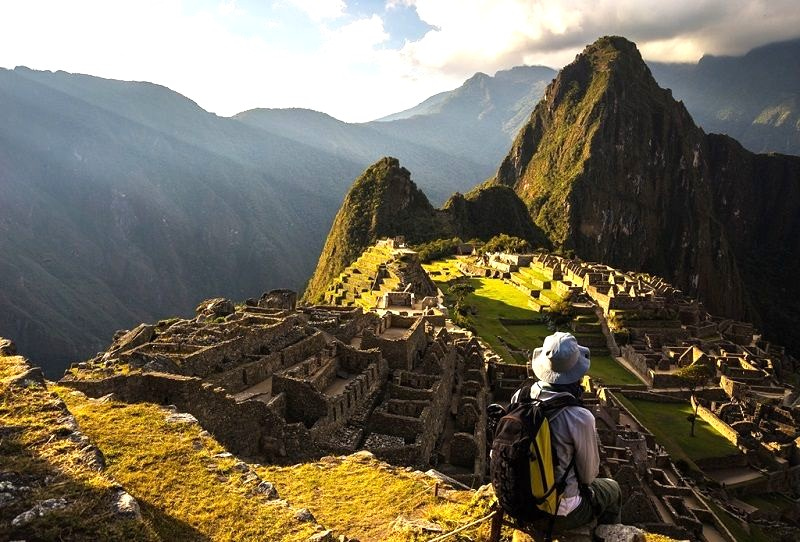
Go at your own pace—this journey’s meant for wonder, not a race. Stop often, take it in, and let the views steal your breath
8. Pack Altitude Helpers
A few small items can make a big difference in how you feel at altitude. Coca-leaf tea is a time-honoured Andean remedy known for easing discomfort and boosting energy. It's commonly served in hotels and cafes, has a mild, herbal flavour and is entirely natural.
Ginger chews are great if you feel queasy, and little sachets of electrolytes can help replace minerals you lose through heavier breathing. Even simple things like lip balm and sunscreen make a big difference.
None of these are miracle cures, but they add up to help you feel a lot more comfortable, especially in those first few days.
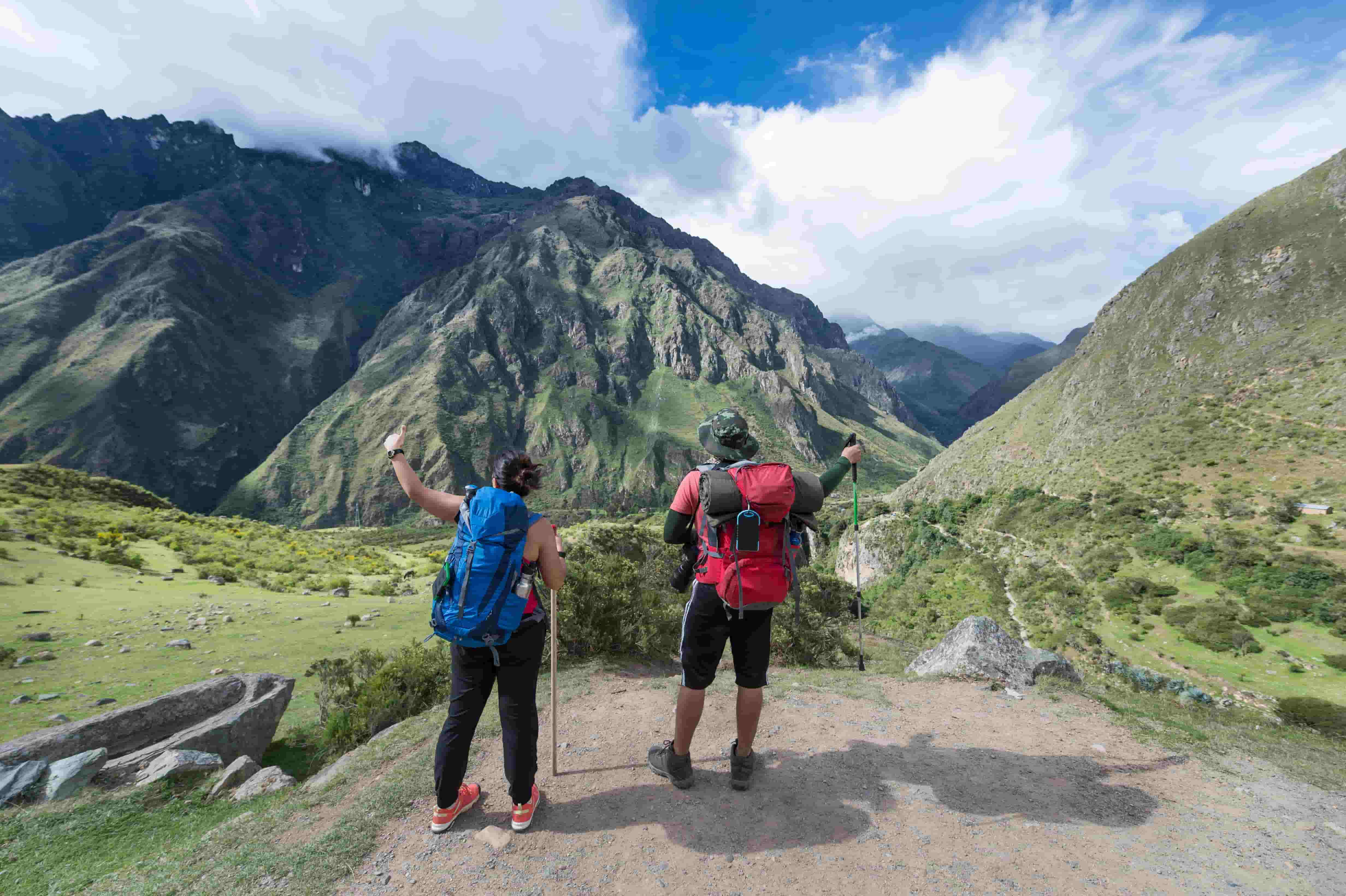
High-altitude sun can be intense, even on cloudy days. Don’t forget sun protection!.
9. Dress in Layers
One of the quirks of high-altitude travel is how wildly the weather can swing in a single day. You might start out under bright sun, get caught in an afternoon chill, and need a warm layer by dinner.
The key here is flexibility. Pack light, breathable clothing you can layer easily, like a thermal base, a fleece, and a waterproof shell. Add a beanie or a warm hat for the evenings, and you are good to go.
Layering lets you stay comfortable without having to overthink what to wear, and that makes enjoying the moment a whole lot easier.
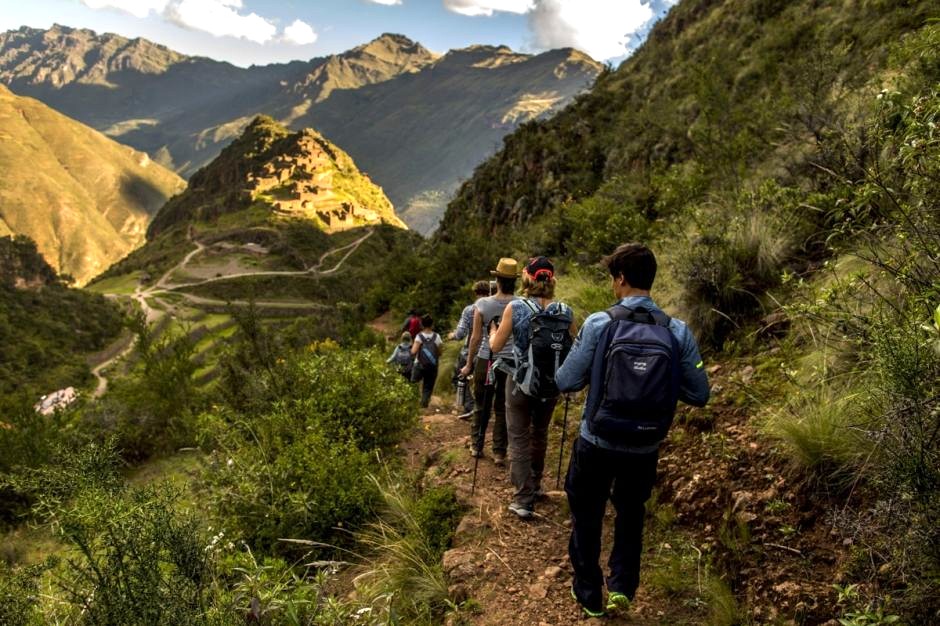
Pack light, dress in layers—stay prepared for whatever the trail throws your way!
10. Chat with an Expert
Travelling at altitude comes with a few extra things to consider—where to start your journey, how long to stay in each place, what to pack, and how to pace it all without overdoing it. That is exactly where we can help.
At Viva, we have spent years exploring the Andes and fine-tuning trips that balance adventure with comfort. We know which towns are best for easing in, which hikes are worth the climb, and how to help you feel your best every step of the way.
“We’ve seen what happens when travellers try to rush it. But squeezing in a ‘quick’ visit to Cusco or Machu Picchu without time to acclimatise can really backfire,” says Pia. “It’s the ones who rush who often spend more time recovering than exploring….and if there is one thing that can ruin a trip, it’s that!”
And don’t forget that if anything comes up while you are travelling, our local support team is available 24/7. You focus on the experience. We will handle the rest!
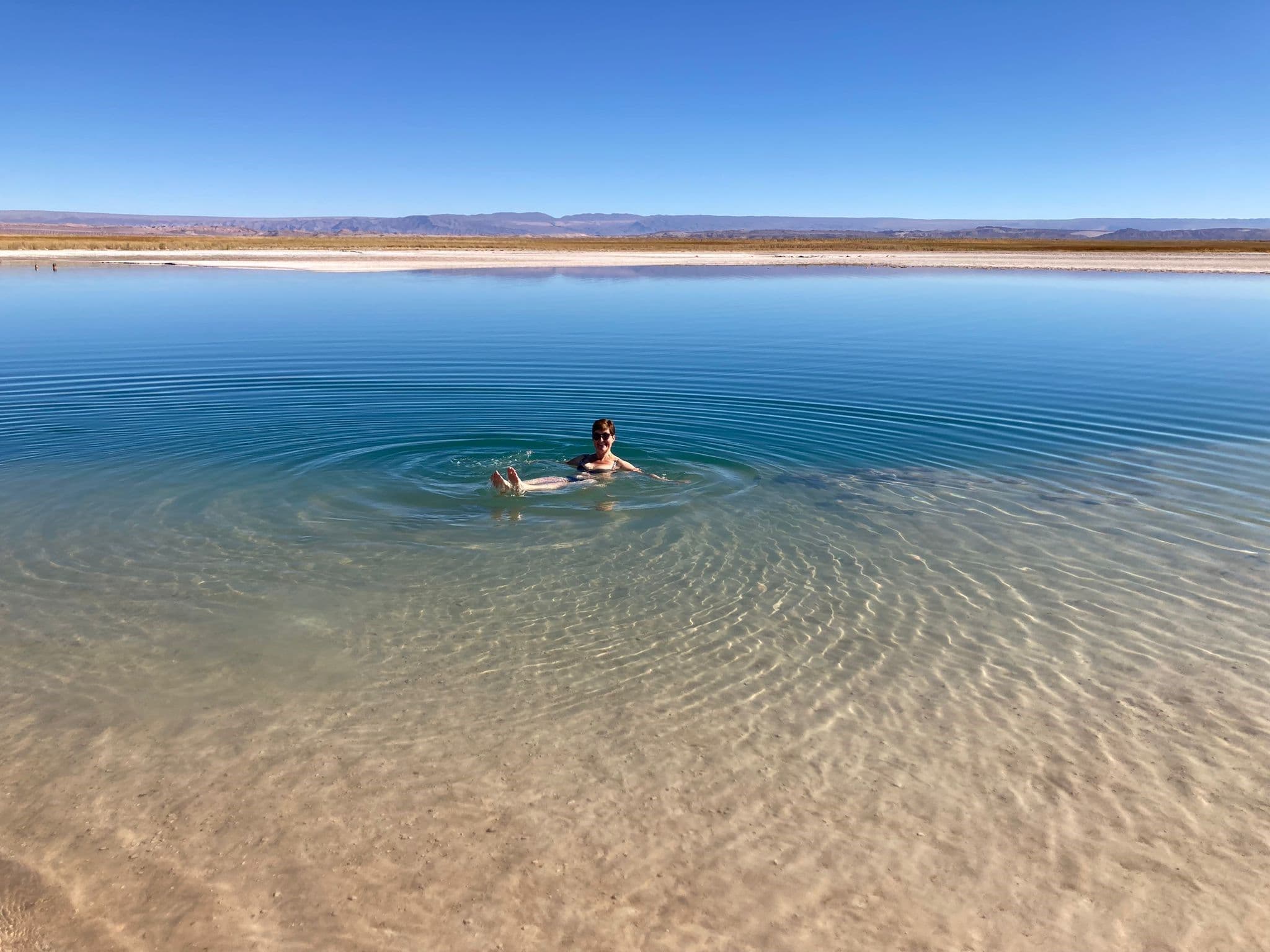
Viva’s Destination Specialist Pia Knarston enjoying a float in Chile’s Laguna Cejar, 2,400 metres (7,900 feet) above sea level—an ideal spot to ease into altitude travel.
These tips are based on real travel experience and local expertise. For personalised medical advice about altitude or related conditions, please consult a healthcare professional.
Pia in the Hot Seat: Busting Common Altitude Myths
Altitude sickness comes with many myths, and believing the wrong ones can make your trip harder than it needs to be. We asked Pia to help us separate fact from fiction.
“Only unfit people get sick."
That is not true at all; altitude doesn’t care how fit you are. I’ve seen marathon runners get flattened while older travellers breeze through just fine. It’s more about how fast you ascend, how well you rest, and how your body happens to respond.
“You can tough it out.”
I’d never recommend that. Mild symptoms can pass on their own, but if they get worse, pushing on can be dangerous. Resting—or even descending—isn’t failure. It’s just smart!
“Oxygen tanks are for emergencies only.”
They're actually quite common in hotels or vehicles on higher-altitude trips. A little oxygen can take the edge off while you adjust. It's not just for severe cases—it's there to help you feel better, faster.
“Coffee makes altitude sickness worse.”
This one always comes up. The truth is, moderate coffee is totally fine. Some people even find it helps with headaches. If you usually have a morning coffee, skipping it can give you withdrawal symptoms that feel just like altitude problems. So yes, go ahead and enjoy it, with plenty of water, of course!
“Children are more likely to get sick.”
Not necessarily. Kids often do just as well as adults, but spotting the signs is a little harder. Watch for things like loss of appetite, tiredness, or crankiness. With a slow approach and a bit of extra attention, they usually adapt beautifully.
Travelling at altitude doesn’t have to be intimidating. With the right mindset and a few smart altitude sickness tips, you’ll feel better, explore more, and soak it all in. At Viva, we’ve helped thousands of travellers prepare for high altitude travel—and we're here to help you do the same. Chat with us anytime.
Contact Viva Today!
About Pia Knarston
Pia Knarston is a Destination Specialist at Viva Expeditions. She has spent years exploring South America’s high-altitude landscapes—from the Sacred Valley to the Atacama Desert—crafting itineraries that help travellers feel confident, comfortable, and inspired at elevation.
Laura Pattara
Laura Pattara writes for Viva Expeditions with a special love for all things Latin America. She had guided overland tours across the continent, reached Machu Picchu five times on foot, and even dressed up as a giant toucan for Carnaval. With a degree in languages and two decades of global travel experience behind her, Laura has a long-standing love for the Andes, soaring condors, and a truly delicious empanada.
|

